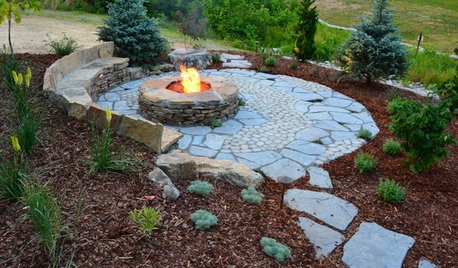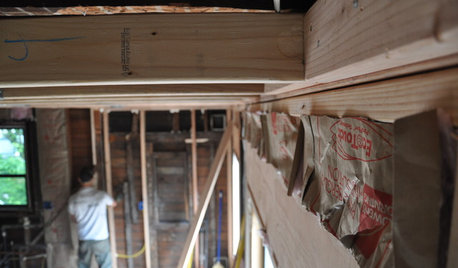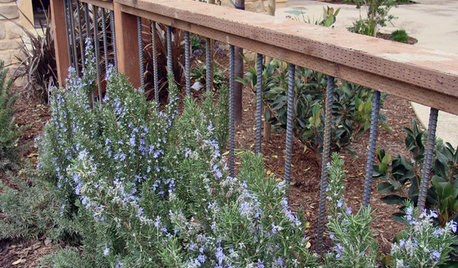Help = buffering agents for pond pH ?
robinchapelhill
15 years ago
Related Stories

GARDENING AND LANDSCAPINGHow to Make a Pond
You can make an outdoor fish paradise of your own, for less than you might think. But you'll need this expert design wisdom
Full Story
HEALTHY HOME16 Ideas for a Healthy, Feel-Good Home
Making these small tweaks and bigger shifts at home can help you thrive everywhere you go
Full Story
WORKING WITH PROSWhat Do Landscape Architects Do?
There are many misconceptions about what landscape architects do. Learn what they bring to a project
Full Story
GARDENING GUIDESGarden Myths to Debunk as You Dig This Fall and Rest Over Winter
Termites hate wood mulch, don’t amend soil for trees, avoid gravel in planters — and more nuggets of garden wisdom
Full Story
GARDENING GUIDESHow to Stop Worrying and Start Loving Clay Soil
Clay has many more benefits than you might imagine
Full Story
HOLIDAYS10 Ways Your Christmas Tree Can Live On After the Holidays
Learn how to recycle your Christmas tree and reap benefits for the environment
Full Story
REMODELING GUIDESContractor Fees, Demystified
Learn what a contractor’s markups cover — and why they’re worth it
Full Story
INDUSTRIAL STYLE9 Imaginative Ideas for Industrial Rebar in the Garden
Inexpensive and unexpected, steel bar from any big-box hardware store can give your landscape an edgier look
Full Story





ccoombs1
taffyj
Related Professionals
Salem Landscape Contractors · Estelle Landscape Contractors · Fair Oaks Landscape Contractors · Melrose Landscape Contractors · Midland Landscape Contractors · Selden Landscape Contractors · Westford Landscape Contractors · Baileys Crossroads Landscape Contractors · Folsom Carpenters · Valdosta Carpenters · Wrentham Carpenters · Grain Valley Decks, Patios & Outdoor Enclosures · Lenoir Decks, Patios & Outdoor Enclosures · Pittsburgh Decks, Patios & Outdoor Enclosures · West Hills Decks, Patios & Outdoor Enclosuresjohn8888
garbird
garbird
sleeplessinftwayne
buyorsell888